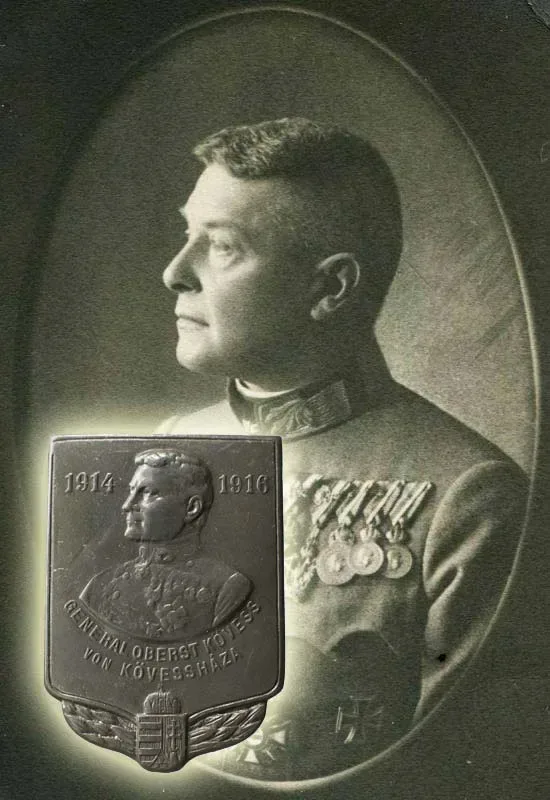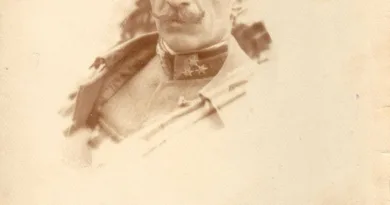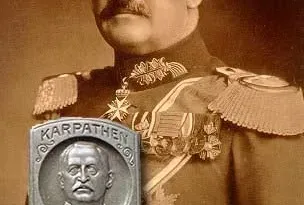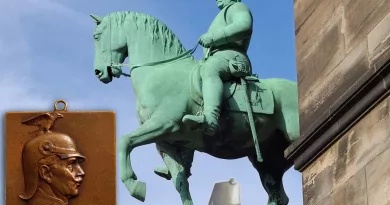baron Hermann Kövess von Kövesháza
Born in Temesvár in 1854, his family was of Transylvanian Saxon descent. He was trained as a military engineer at the Military Technical Academy in Vienna. From 1872 he was a lieutenant, and in 1878 he graduated from the Vienna General Staff School. As chief of staff, he was a colonel from 1896 and a major general in 1902. From 1911 he was commander of the XII Corps of Nagyszeben and also the military commander of Transylvania.

In the Great War, he was first a corps commander in the Eastern Theatre and from the fall of 1915 he commanded the 3rd Army on the Serbian battlefield. Under his command, Belgrade was occupied on 9 October. After that, the entire territory of Serbia was invaded, involving German and Bulgarian troops. In January 1916, under his leadership, the 3rd Army occupied Montenegro and continued south to northern Albania. In February 1916, he was promoted to general colonel.


The 3rd army was transferred to the Tyrolean offensive after this victory. His army formed the left wing of the attack. Through the Sugana Valley, 3rd army was responsible for the capture of the city of Borgo and Asiago and Arsiero on the Sieben Gemeinden (Sette Comuni) Plateau. The successful attack had to be stopped due to the Brussilov offensive on the eastern front. His army was transferred there and was involved in stopping Russian advances. He served as commander of the 3rd army in the Stanislau area and then at the head of the 7th army in Bukovina. After fending off the Kerensky offensive, he retook Bukovovna with the 7th army in the summer of 1917, breaking ahead from the Carpathians. In the spring of 1918, he was placed off duty. During the Balkan collapse on October 1, 1918, Field Marshal Kövess was reactivated and appointed commander of the formation of the Balkan army group.
The front was no longer consolidated due to a lack of sufficient strength. On November 2, 1918, the renouncing IV. Charles appointed Kövess commander-in-chief of the army of the Monarchy instead of himself. By the time he took office, the effective operation had ceased. However, he was in command until December 20, trying to curb the dissolution of the army and organizing the repatriation of soldiers. He died in Vienna in 1924. His grave is in the Kerepes Cemetery in Budapest.

The first of the Kappenabzeichen presented celebrates the capture of Montenegro. On the second you can see Mount Lovcen, which is located on the coast of Montenegro. Enemy artillery on this mountain was able to disturb the naval base at the foot of the mountain in Cattaro. The badge’s inscription celebrates the 3rd Army’s successful attack on Lovcen. The third badge is a portrait of General Kövess.




